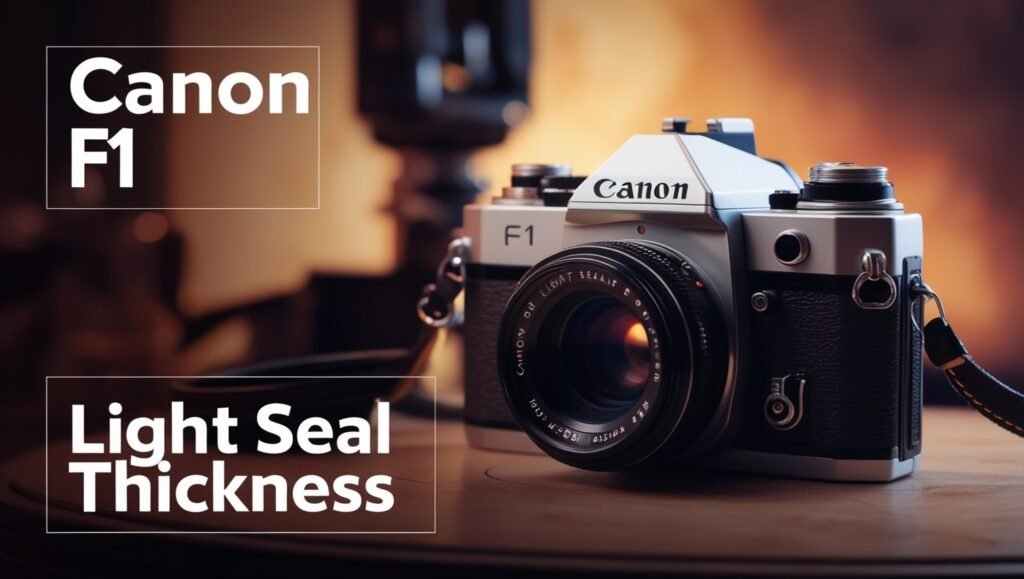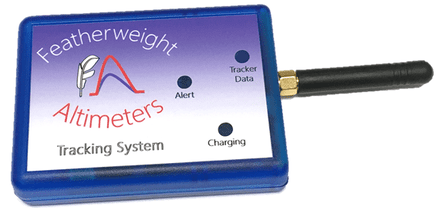One of the most important yet often overlooked components of vintage film cameras is the light seal,what lightseal thickness for canon f1. For Canon F1 users, ensuring that the light seals are in good condition is essential to maintaining image quality and preventing unwanted light leaks that can ruin photographs. However, the question arises: What light seal thickness for Canon F1 is optimal?
In this guide, we will explore the significance of light seals in the Canon F1, the correct thickness required, and how to replace them yourself. Whether you’re a vintage camera enthusiast or just looking to keep your Canon F1 in working order, understanding the role of light seals is crucial for optimal performance.
You may also read: Exploring PetiteAsian23: The Rising Star of Content Creation
Understanding the Role of Light Seals in Canon F1 Cameras
Light seals are small foam or rubber strips found around key areas of a camera’s body, such as the back door, mirror box, or film compartment. These seals prevent light from entering the camera unintentionally, which could otherwise cause exposure issues and destroy film images.
The Canon F1, a professional-grade film camera produced from 1971 to 1981, is known for its durability and mechanical precision. However, as with most vintage cameras, the foam used in the light seals of Canon F1 models tends to degrade over time. Exposure to heat, humidity, and age causes the foam to become sticky or crumble, leading to light leaks that can compromise your photography.
what lightseal thickness for canon f1, ensuring you have the correct light seal thickness for Canon F1 is necessary when replacing these seals to preserve the camera’s function and extend its life.
What is the Ideal Light Seal Thickness for Canon F1?
Typically, the light seal thickness for Canon F1 models is between 1.5mm to 2mm for most parts of the camera, such as the back door seal. Some areas, such as the mirror bumper or specific internal sections, may require slightly thicker foam, up to 3mm in thickness.
Using the correct thickness is important because it ensures a snug fit without causing excess pressure on the door or moving parts. Too thick a light seal can make it difficult to close the camera back properly, while a light seal that is too thin may not effectively block out light, leading to exposure problems.
Where Do You Need to Replace Light Seals?
The main areas to focus on when replacing light seals on a Canon F1 include:
- Back Door Seals: The foam that lines the door hinge and latch area to prevent light from seeping in when the camera is closed.
- Mirror Bumper: This is a strip of foam that cushions the mirror as it moves up and down during shooting. If the mirror bumper deteriorates, it can affect the movement of the mirror and potentially scratch the glass.
- Film Compartment Seals: These are placed around the film chamber to ensure that no light enters when film is loaded or unloaded.
Each of these seals serves a specific purpose, and ensuring the correct thickness and placement is essential for maintaining the camera’s optimal functionality.
Steps to Replace the Light Seals in a Canon F1
Replacing the light seals on your Canon F1 is a relatively simple process if you follow the correct steps and have the proper materials. You can purchase pre-cut kits or foam sheets designed specifically for vintage cameras like the Canon F1. Here’s how you can replace the light seals yourself:
Step 1: Gather Your Materials
To replace the light seals, you will need:
- Replacement foam strips: These can be pre-cut for Canon F1 or cut from foam sheets. Make sure to have a variety of thicknesses between 1.5mm and 3mm.
- Adhesive solvent or rubbing alcohol: To clean off old seal residue.
- Tweezers or a toothpick: For placing the foam strips.
- Cotton swabs: To clean the seal areas.
- Scissors or a craft knife: For trimming foam strips, if necessary.
Step 2: Remove the Old Light Seals
Open the camera back and inspect the areas where the seals are located. You will likely see deteriorated or sticky foam in these areas. Use a small tool, like a toothpick or tweezers, to carefully remove the old foam. Avoid scratching the camera body or film compartment as you clean out the residue.
Apply rubbing alcohol or adhesive solvent to a cotton swab and gently clean any remaining foam or adhesive to ensure the surface is smooth.
Step 3: Cut and Apply the New Seals
If you are using a foam sheet, cut the new seals to match the size and thickness of the original seals. For the Canon F1, remember that:
- The back door seal should be 1.5mm to 2mm thick.
- The mirror bumper should be 2.5mm to 3mm thick.
Use tweezers to carefully position the foam strips in place. Be sure to line up the foam accurately, as improper placement can affect the camera’s performance. Press down gently on the new seals to secure them.
Step 4: Test the Camera
After replacing the seals, close the camera back and make sure it closes securely without extra resistance. Test the mirror function to ensure that it moves smoothly without hitting the new bumper. Finally, load a roll of film and shoot some test frames to verify that the light seals are functioning correctly and that there are no leaks.
Signs You Need to Replace Canon F1 Light Seals
If you’re unsure whether it’s time to replace the light seals on your Canon F1, here are a few warning signs:
- Sticky Residue: When you open the camera, you notice a sticky residue around the back door or mirror.
- Light Leaks: Unwanted light appears in your images, creating hazy or washed-out sections of the frame.
- Foam Disintegration: The foam in the light seal areas crumbles or disintegrates to the touch.
- Difficulty Closing the Camera Back: If the camera back does not close smoothly or feels loose, the seals may no longer provide a tight fit.
By paying attention to these signs and acting quickly, you can prevent further damage to your Canon F1 and ensure your photos remain crisp and well-exposed.
Choosing the Right Replacement Light Seal Kits
There are many options available when it comes to purchasing replacement light seals for Canon F1 cameras. Pre-cut kits are available from various online retailers and camera restoration shops. These kits are often labeled specifically for the Canon F1 and come with the correct thickness and dimensions for each part of the camera.
If you prefer a more customized approach, you can buy foam sheets and cut them yourself to fit the specific areas of your camera. Just make sure to choose foam sheets that offer the right thickness and density, typically closed-cell foam or neoprene.
FAQs
what lightseal thickness for canon f1 is the correct light seal thickness for a Canon F1? The ideal thickness for Canon F1 light seals ranges between 1.5mm to 2mm for the back door and up to 3mm for the mirror bumper.
How do I know if my Canon F1 light seals need replacement? Signs include sticky residue around the seals, light leaks in photos, or crumbling foam when you open the camera back.
Can I replace the light seals in a Canon F1 myself? Yes, replacing light seals is a simple DIY process. You need replacement foam strips, adhesive solvent, and tools like tweezers for precise placement.
Where can I buy light seals for a Canon F1? You can find pre-cut light seal kits online from specialty camera repair shops, or you can buy foam sheets and cut them to the desired thickness.
How often should I replace Canon F1 light seals? Depending on usage and storage conditions, light seals may last for several years, but it’s recommended to inspect them regularly and replace them if they begin to degrade.
What happens if I use the wrong thickness for Canon F1 light seals? Using a seal that’s too thick may prevent the camera back from closing properly, while a seal that’s too thin may not block light effectively, leading to leaks and overexposed film.
Conclusion
Maintaining the correct what lightseal thickness for canon f1 cameras is vital to ensuring your camera continues to produce high-quality images without light leaks. By understanding the correct seal dimensions and replacing them when necessary, you can preserve the integrity of your Canon F1, allowing it to function for many more years. Whether you opt for pre-cut kits or prefer a more hands-on approach with foam sheets, getting the right materials and following proper steps will make the replacement process smooth and efficient.




